TLR7
-
Official Full Name
toll-like receptor 7 -
Overview
The protein encoded by this gene is a member of the Toll-like receptor (TLR) family which plays a fundamental role in pathogen recognition and activation of innate immunity. TLRs are highly conserved from Drosophila to humans and share structural and functional similarities. They recognize pathogen-associated molecular patterns (PAMPs) that are expressed on infectious agents, and mediate the production of cytokines necessary for the development of effective immunity. The various TLRs exhibit different patterns of expression. This gene is predominantly expressed in lung, placenta, and spleen, and lies in close proximity to another family member, TLR8, on chromosome X. -
Synonyms
TLR7;toll-like receptor 7
Recombinant Proteins
- Human
- Rhesus macaque
- Mouse
- Chicken
- Macaca mulatta
- E.coli
- HEK293
- Mammalian Cells
- E. coli
- His
- Non
- Fc
- hIgG4
- T7
- Myc
- Avi
- GST
Background
What is TLR7 protein?
TLR7 (toll like receptor 7) gene is a protein coding gene which situated on the short arm of chromosome X at locus Xp22. The protein encoded by this gene is a member of the Toll-like receptor (TLR) family which plays a fundamental role in pathogen recognition and activation of innate immunity. TLRs are highly conserved from Drosophila to humans and share structural and functional similarities. The human TLR family comprises 11 members. They recognize pathogen-associated molecular patterns (PAMPs) that are expressed on infectious agents, and mediate the production of cytokines necessary for the development of effective immunity. For the recognition of structural components in foreign microorganisms, the various TLRs exhibit different patterns of expression as well; in this way for example, TLR-3, -7, and -8 are essential in the recognition of single-stranded RNA viruses. TLR7 senses single-stranded RNA oligonucleotides containing guanosine- and uridine-rich sequences from RNA viruses, a recognition occuring in the endosomes of plasmacytoid dendritic cells and B cells. The TLR7 protein is consisted of 1049 amino acids and its molecular mass is approximately 120.9 kDa.
What is the function of TLR7 protein?
TLR7 can recognize the single stranded RNA (ssRNA) of pathogens such as viruses and plays a fundamental role in pathogen recognition and activation of innate immunity. By recognizing the RNA of a pathogen, TLR7 activates the host's immune response and controls the immune response to the pathogen. Activation of TLR7 leads to downstream signaling that activates transcription factors such as NF-κB and IRF7, which induces the production of pro-inflammatory cytokines and interferons. TLR7 is involved in the development of inflammatory responses and adaptive immunity, influencing the activation and differentiation of immune cells through its mediated signaling pathways. Recent studies have found that TLR7 is also involved in the regulation of lipid metabolism and is closely related to the occurrence and development of metabolic diseases.
TLR7 Related Signaling Pathway
Almost all TLRs, with the exception of TLR3, utilize MyD88 dependency responses. After TLR7 recognizes the single stranded RNA (ssRNA) of the virus, MyD88 interacts with the TIR domain of TLR7 through its TIR domain to recruit and activate downstream signaling molecules, such as IL-1 receptor-associated kinase 4 (IRAK4) and IRAK1. The activation of TLR7 leads to the activation of NF-κB, which in turn promotes the production of inflammatory cytokines such as tumor necrosis factor α (TNF-α) and interleukin 6 (IL-6), which play a key role in the inflammatory response. In pDCs, activation of TLR7 can activate IRF7 via the MyD88 pathway, leading to the production of type I interferon (IFN-I), which is essential for the antiviral immune response.
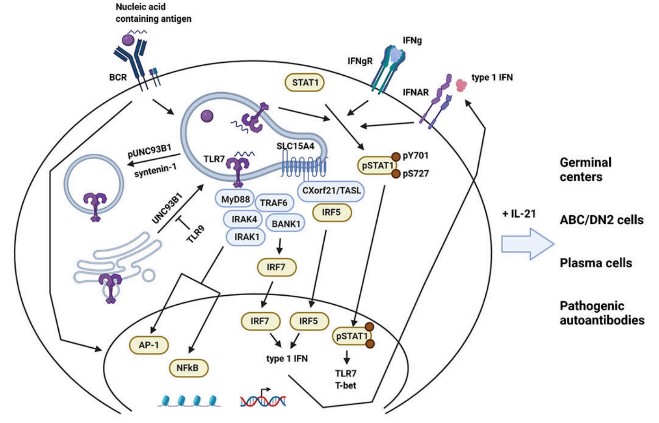
Fig1. TLR7 signaling in lupus B cells. (Anne B Satterthwaite, 2021)
TLR7 Related Diseases
Abnormal activation of TLR7 signaling is associated with inflammation and autoantibody production in systemic lupus erythematosus. The TLR7 signaling pathway also plays a role in the pathogenesis of lupus nephritis and may be related to the development and severity of the disease. TLR7 activates the host's immune response by recognizing viral RNA, and its abnormal function may affect the defense against viral infection. TLR7 plays a role in the skin immune response, and its abnormal activation may be related to the occurrence of some skin diseases. The abnormal activation of TLR7 signaling pathway may be related to the occurrence and development of some blood diseases, such as autoimmune hemolytic anemia.
Bioapplications of TLR7
TLR7 is a key receptor for antiviral immune response, and the recombinant TLR7 protein has important applications in drug screening and development, especially in finding and testing new drugs against viral infections. TLR7 agonists can activate the immune system, so in cancer immunotherapy, recombinant TLR7 proteins or their agonists are used to enhance the body's immune response to tumors. TLR7 agonists as vaccine adjuvants can enhance the immune effect and improve the protective efficacy of vaccines. The TLR7 agonist PRTX007 is being investigated as a functional cure for chronic hepatitis B virus (HBV) infection. The TLR7 protein or its derivatives can be used to develop biosensors for the detection of pathogens or other biomolecules.
Case Study
Case Study 1: Hyeonseung Yu, 2022
Toll-like receptor 7 (TLR7) signaling plays pivotal roles in innate immunity by sensing viral single-stranded RNA thereby triggering inflammatory signaling cascades and eliciting protective antiviral responses. In this study, the researchers found that TLR7 expression is highly induced in response to Pseudomonas aeruginosa (P. aeruginosa) infection in a dose- and time-dependent manner. P. aeruginosa-derived DnaJ, a homolog of HSP40, was identified as a related inducing agent for TLR7 expression, and expression of DnaJ was stimulated when host cells were infected with P. aeruginosa. Interestingly, DnaJ was not involved in mediating an increase in the expression levels of TLR3 and TLR8, other well-known antiviral receptors. The induction of TLR7 in response to DnaJ was mediated by the activation of the AKT (Thr308 and Ser473)/NF-κB and p38/JNK MAPKs signaling pathways, consequently transmitting related signals for the expression of interferons (IFNs). Of note, these antiviral responses were regulated, at least in part, by TLR4, which senses the presence of DnaJ and then promotes downstream activation of the AKT (Ser473)/NF-κB and JNK signaling cascades.
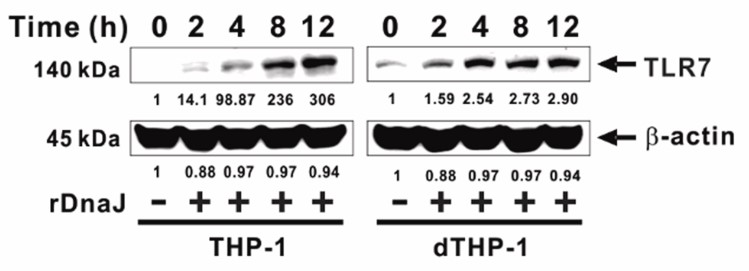
Fig1. P. aeruginosa-derived DnaJ induces the expression of TLR7.
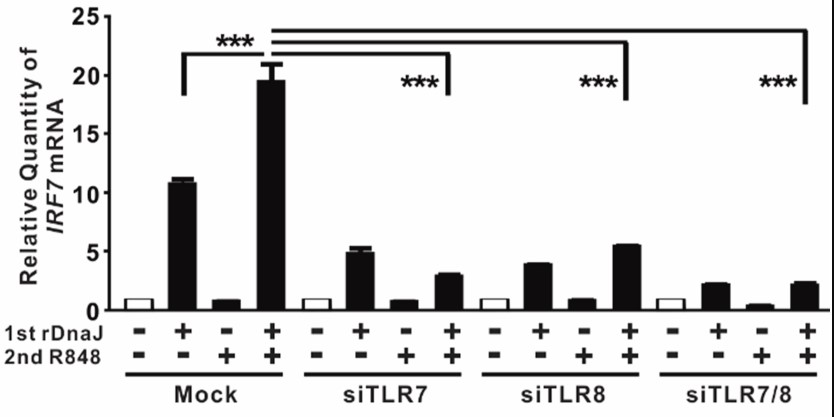
Fig2. DnaJ-mediated induction of IRF7 and IFNs.
Case Study 2: Yuan Liu, 2016
Hepatocellular carcinoma (HCC) occurs predominantly in patients with underlying chronic liver disease and cirrhosis. Toll-like receptors (TLRs) play an important role in innate immune responses and TLR signaling has been associated with various chronic liver diseases. Lipid rafts provide the necessary microenvironment for certain specialized signaling events to take place, such as the innate immune recognition. The purpose of this study was to determine the pattern of TLR7 expression in HCC, how to recruit TLR7 into lipid rafts responded to ligands and whether targeting TLR7 might have beneficial effects. The study group was comprised of 130 human liver tissues: 23 chronic hepatitis B (CHB), 18 liver cirrhosis (LC), 68 HCC and 21 normal livers. The expression of TLR7 was evaluated using immunohistochemistry, western blotting, and flow cytometry. Proliferation and migration of human HepG2 cells were studied following stimulation of TLR7 using the agonist gardiquimod and inhibition with a specific antagonist 20S-protopanaxadiol (aPPD). The activation of lipid raft-associated TLR7 signaling was measured using western blotting, double immunohistochemistry and immunoprecipitation in liver tissues and HepG2 cells. TLR7 expression was up-regulated in human HCC tissues and hepatoma cell line. Proliferation and migration of HepG2 cells in vitro increased significantly in response to stimulation of TLR7.
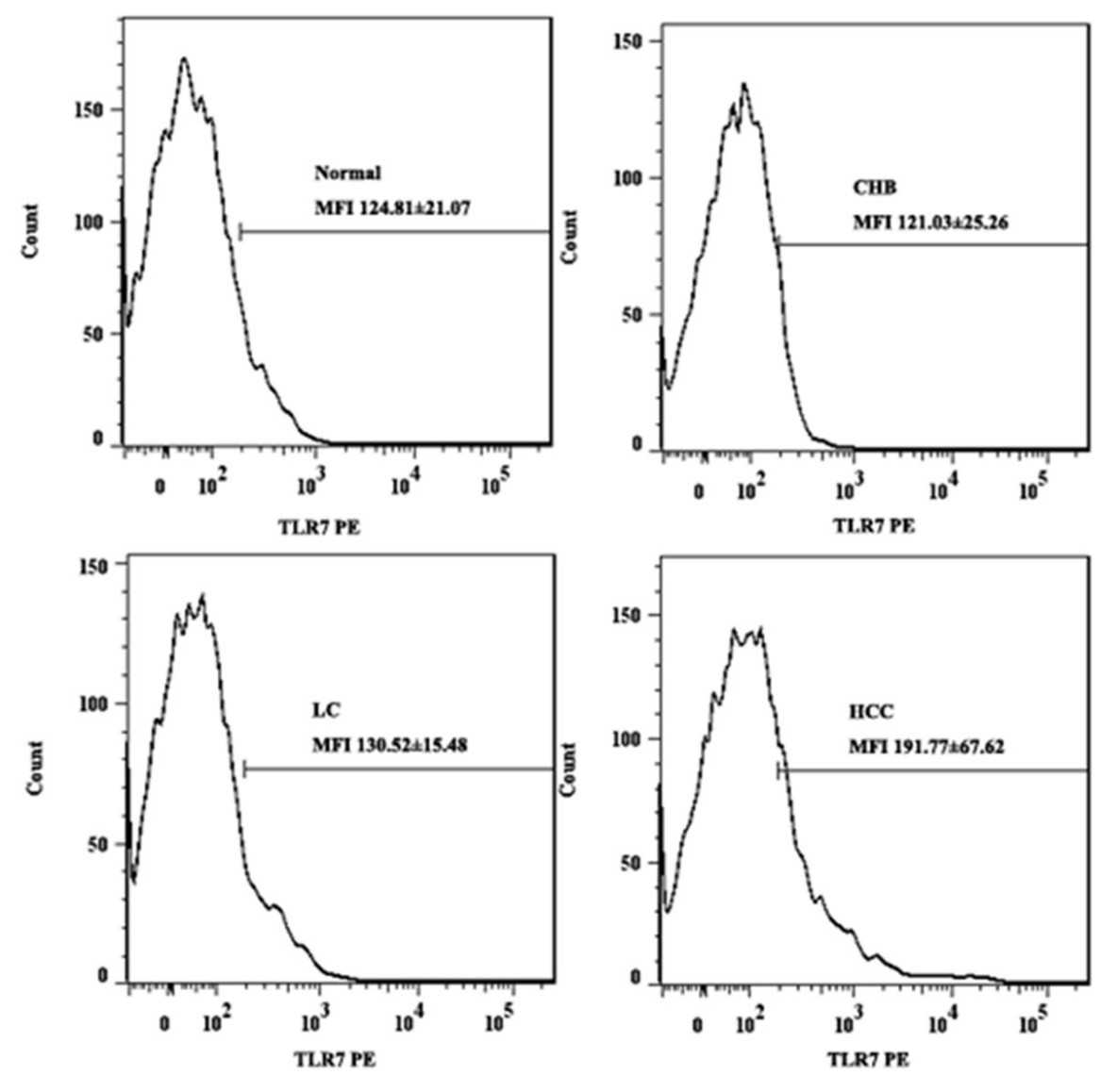
Fig3. Expression of TLR7 using flow cytometry analysis.
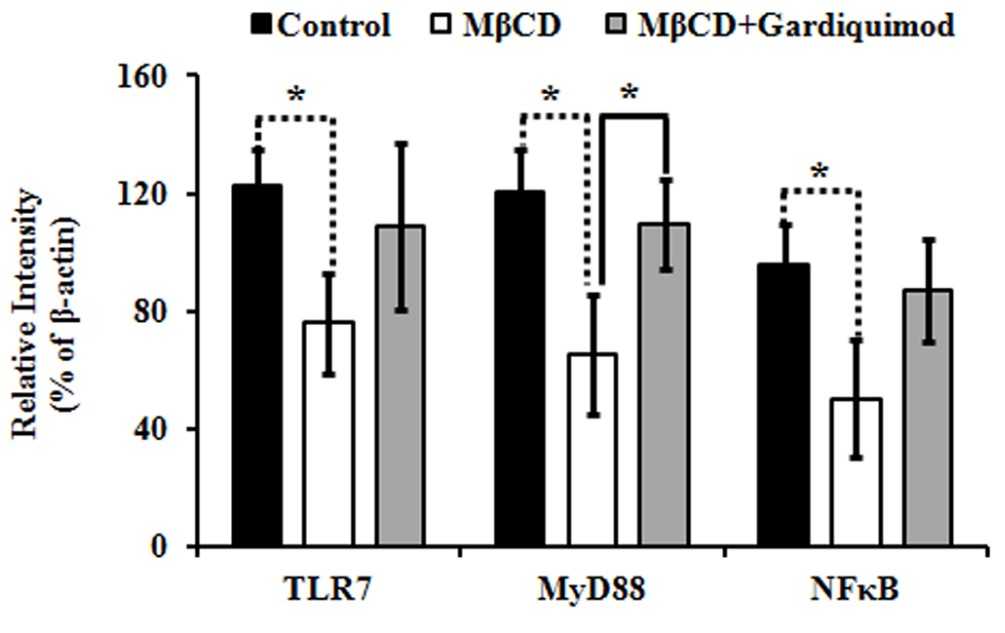
Fig4. TLR7, MyD88, NFκB were quantified and normalized to β-actin.
Quality Guarantee
Involved Pathway
TLR7 involved in several pathways and played different roles in them. We selected most pathways TLR7 participated on our site, such as Toll-like receptor signaling pathway,Measles,Influenza A, which may be useful for your reference. Also, other proteins which involved in the same pathway with TLR7 were listed below. Creative BioMart supplied nearly all the proteins listed, you can search them on our site.
| Pathway Name | Pathway Related Protein |
|---|---|
| Influenza A | IFIH1,NFKB1,IFNA7,TNFRSF1A,HNRNPUL1,IL-8,OAS2,TNFRSF10D,NXT2,CPSF4 |
| Measles | PIK3CA,IFNB1,IFNA6,TNFAIP3,CD28,AKT1,CD3D,GSK3B,DDX58,PIK3CD |
| Toll-like receptor signaling pathway | CXCL8B.3,IFNA13,Ifna15,MAPK8B,STAT1B,AKT3A,IFNB1,IFNA1,MAPK1,CXCL9 |
Protein Function
TLR7 has several biochemical functions, for example, double-stranded RNA binding,drug binding,siRNA binding. Some of the functions are cooperated with other proteins, some of the functions could acted by TLR7 itself. We selected most functions TLR7 had, and list some proteins which have the same functions with TLR7. You can find most of the proteins on our site.
| Function | Related Protein |
|---|---|
| drug binding | ADRB2,DRD1A,TYMS,PDE4C,MT2A,DHODH,PIGC,CYP4B1,FOLR1,TLR8 |
| double-stranded RNA binding | APTX,AGO2,LRRFIP1,IFIH1,LSM14A,DICER1,RFTN1,AGO3,ILF2,RNASEN |
| siRNA binding | TARBP2,AGO2,MECP2,TLR9,DICER1 |
| single-stranded RNA binding | HMGB1,LSM14A,CBX4,SNRPC,CBX7,JMJD6,STRBP,POLR2GL,ZFP36,LONP1 |
| transmembrane signaling receptor activity | CD79B,EBP,CLDN3,PTH1RB,IL11RA,KLRC2,CELSR3,GPR126,LGR6,LAG3 |
Interacting Protein
TLR7 has direct interactions with proteins and molecules. Those interactions were detected by several methods such as yeast two hybrid, co-IP, pull-down and so on. We selected proteins and molecules interacted with TLR7 here. Most of them are supplied by our site. Hope this information will be useful for your research of TLR7.
a8k1f4_human;MLF1;PSMD2;Hacd3;AARSD1;q7ard3_yerpe;GRAMD1A;MYD88
Resources
Research Area
Related Services
Related Products
References
- Goff, PH; Hayashi, T; et al. Synthetic Toll-Like Receptor 4 (TLR4) and TLR7 Ligands as Influenza Virus Vaccine Adjuvants Induce Rapid, Sustained, and Broadly Protective Responses. JOURNAL OF VIROLOGY 89:3221-3235(2015).
- Rommler, F; Hammel, M; et al. Guanine-Modified Inhibitory Oligonucleotides Efficiently Impair TLR7-and TLR9-Mediated Immune Responses of Human Immune Cells. PLOS ONE 10:-(2015).


.jpg)

